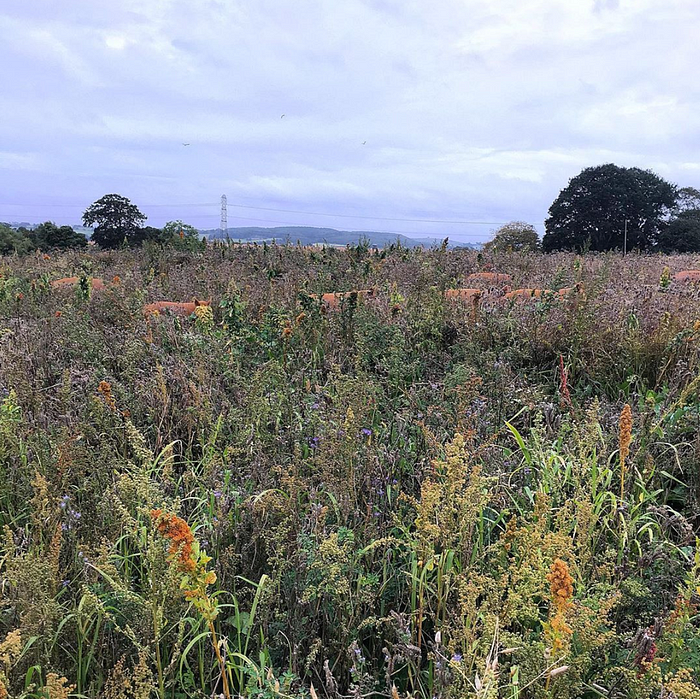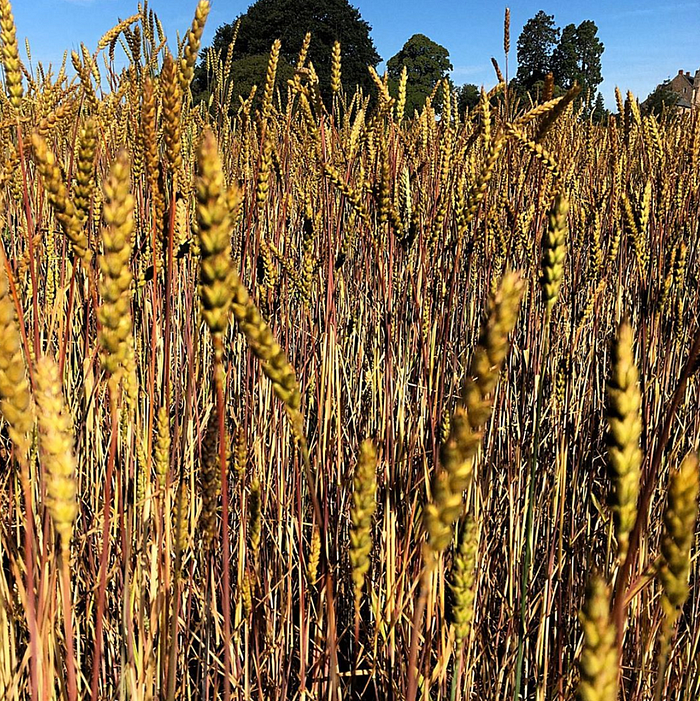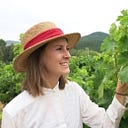Regenerative Farming — building ecology, profitability and BEAUTY
I am committed to building beauty, ecology and profitability on farms around the world. For me, those are the three tenets of regenerative agriculture. Currently I do this through Farmerama, Vidacycle Apps and on my family’s farm Vidacycle.
I often get asked what do I mean by beauty? That’s not measurable, or that’s so subjective — how can it be a goal? I would argue it’s not as subjective as we think, as soon as we move past pure aesthetics. When I speak to many farmers they immediately have a sense of why beauty is important, that word doesn’t worry them at all.
Here is a deeper dive on what beauty might mean on a farm. I have included some reflections from farmer Fred Price about how this relates to his experiences at Gothelney Farm in Somerset where he has transitioned from a purely chemical farmer to an agroecological farmer over the last 9 years.

As I learned from the poet-philosopher John O’Donohue the word beauty partly derives from the Celtic word ‘kalon’ and ‘kalein’, which means ‘to call, to be called’. So when I talk about beauty, what I mean is that moment of calling — for example when you stand in a vast landscape and you feel fully alive and at one with the world, you are ‘called into being’. I would hope we are all able to feel that as often as possible in our lives. For me something is beautiful if it conjures up that awe in you.
I often refer to this definition as ‘deep beauty’ because in Western society today the word ‘beauty’ on its own is synonymous with superficial cosmetic traits. I think aesthetics are part of it, but deep beauty is far from superficial — it is an indicator of the highest integrity being present. It moves you and you know deep inside you when you experience it. Often deep beauty is a result of the simplicity found on the other side of complexity.
Farmer Fred: I think something that scares me and other farmers about farming more agro-ecologically is because farming on instinct and with diversity embraces complexity. Mainstream or chemical agriculture appears to simplify nature for us. Like it’s a ‘safe’ space. It makes us feel like we can manage or control things better (although some might argue that’s an illusion). So I wonder if beauty performs that role of simplifying in the wooly, un-codified, world of agroecology? Maybe beauty and diversity provide the sense of safety, a guide through the uncertainty.
It is definitely my experience that when agroecology (or regenerative farming) is being practiced, when the complexity of the agroecological systems are fully embraced, you feel a deep sense of beauty. So beauty can be used almost as if it’s a compass for regenerative farming as Fred describes.

When we talk about deep beauty on a farm, I have seen it can be experienced in a number of ways:
Firstly, the most obvious expression is the visual beauty of a diverse farm — when fields are filled with companion plants and cover crops they are alive with myriad colours, shapes, textures and it’s incredibly visually pleasing. Some people may think it looks ‘messy’ but I think we have built up a liking of uniform fields purely through nostalgia. That uniformity is always portrayed as the ideal in imagery around us and so we have come to associate uniform fields of crops with the countryside and natural world. I think we have some work to do to reconnect with the beauty of diversity. As I have started to learn about the hugely destructive effects of monoculture, I have begun to find those uniform landscapes sort of ugly and extractive.
Secondly, it’s the beauty of a system — when you build your farm as an ecosystem, there is an incredible beauty to that, as you fully embrace yourself as part of the natural system. When you identify patterns and methods that work well for the specific land you are working with, each part of the ecosystem starts to work together and things fall into a certain beauty. You start to work with the cycles, rather than against them. As Gabe Brown often says about his shift to regenerative agriculture, he used to get up in the morning thinking ‘what did he need to exterminate today?’, now he thinks about ‘what life does he need to nurture on the farm today?’. To me that is a more beautiful life for all. Going out, looking at your soil and seeing that you have helped foster an environment where the soil is fully alive and new soil is being built rapidly by a whole soil food web. You know the fungal internet extending for miles around will help ensure the land produces well nourished plants and animals. That is beauty.
Farmer Fred: If I may add to this, managing beauty is sensible. We are managing positively, proactively, our interactions are ‘pro-biotic’. Looking back now managing for the single, the pest, the pathogen is totally superficial, and our interventions always negative (to kill, to prevent, to cure).
Thirdly, it’s the beauty for the farmer, being fulfilled by their work on the farm. As Pascal Fafard describes from his work as an agronomist and coaching farmers in Quebec: beauty is at the core of a successful farm — he realised that the fulfilment of the farmer is the most important first step, it brings everything in line. This idea is reflected in the Holistic Management Framework which begins with looking at what your personal goals are for the farm, what you need to be fulfilled and then planning the farm with that at its core. Pascal noticed that almost all the farmers he worked with were busy all the time – being on the farm was like a constant hamster wheel of things they had to do and it was deeply draining. The first step to transforming the farms he worked with, was having farmers just stop and take 15 mins each day to appreciate their farm and take in the beauty they are part of.
Finally, there is also great opportunity for beauty in the people you feed and the community built around the farm. After the recent Cereal series from Farmerama a number of farmers got in touch saying how they had a grain store for years but never even considered buying a little mill and milling some for themselves to bake their own bread, or for local distribution. As this realisation dawned they were so excited, a certain honour had returned to what they were producing, they felt connected to its value as food. Somehow the abstractions of commodities and global supply chains inherently extract the beauty from the process because the end goal is not quality or nourishment, it’s just increasing yield. By definition a commodity is an equivalent unit of wheat whether it’s from Wales, Ukraine, or the USA it’s all the same in the eyes of the market. Where is the beauty in that?
I think it’s also important to realise that beauty isn’t always nice-ities. Deep beauty can be found in sadness and loss. I think harvesting the crops or animals that have been reared is something that we need to talk about more — maybe we need to do more to acknowledge the lives of those organisms before death.
Farmer Fred: This is an emotive subject. My observation here as the farmer, is that I feel guilt at the abattoir if I know I have not delivered what I could have in terms of welfare / life of an animal. This has been the case at times in the past, and sometimes still is. It drives me forward.
Definitely a challenging subject but to find the beauty in that would be a new level and I think incredibly healthy for what is being harvested as well as those harvesting. Maybe it’s something about celebration and ceremony?
In summary, beauty, or deep beauty can be experienced in many ways on the farm and I would posit that many people do have a sense of what it is even if it’s difficult to language precisely or ‘measure’. It is felt in the personal fulfilment of acting in line with the realisation your farm is a sacred place you are stewarding for a short time; beauty is a compass to navigate the complexities of agroecological systems; beauty is also in the visual pleasures of diverse, lush landscapes; beauty is about producing nourishing bountiful food that brings joy to many people; and beauty is about taking a moment to take it all in and celebrate the cycles of life and death and life we are all part of.
Thanks to Fred Price and Jennie Winhall for your support in writing this, as well as the many farmers and food producers along the way who have helped shape this thinking. Thanks for all the beauty your bring!
Fred Price is based in Somerset — his farm is well worth the visit if you get the chance (they have a place on airbnb) and if you eat meat, then he is currently selling his pork direct and it’s insanely delicious and nourishing in every way (see more here).
